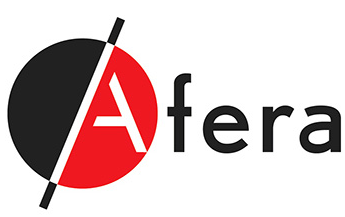
I was inspired by a design exhibition in Lucerne

Rainer Atzlinger (1961) is a successful industrial designer from Austria and founder of the RDD Industrial Design Network in 1999. In 2006, he and Eva Reber introduced the ‘reber & rainer’ design label, which moves between tradition, craftsmanship, and design. Atzlinger has won many prizes including the Red Dot Design Awards in 2013 and 2014.
What or who has inspired you to become a designer?
“I graduated from the Technical College of Industrial Technology and Engineering (HTL für Betriebstechnik und Maschinenbau) in Vöcklabruck, Austria, and then worked as a mechanical engineer at Silhouette (a glasses company) in Linz. In 1980, a visit to a design exhibition in Lucerne, Switzerland, inspired me to study design with Prof. Gsöllpointner at the University for Arts and Industrial Design in Linz. After graduation, I worked at Opel’s interior design department. After that I joined the General Motors design staff in Detroit in order to gain experience. In 1999, I founded my own design studio, RDD Industrial Design Network in Linz, together with Philipp Hummer and Tom Hulan.”
How would you describe the signature of your products and designs? What makes them special? What are the latest innovative developments you have made?
“Functionality is a central focus point. Product ideas and designs are devised in collaboration with the customer. Before the actual designing process starts, we always do a lot of research and conduct interviews, to ensure that we can and will meet the needs of our clients and their operators. We translate our findings into sketches and models. To create the latter, we like to use Skyfoam. Our style has been described as being futuristic, but that actually is not our main focus. Our designs should be perceived as being innovative and ergonomic, and visually improve the product. Furthermore, our designs should be timeless, in a sense that they still look new and contemporary after ten years.”
Which materials do you use (or would you consider using)?“Depending on the products we design, we use metal, glass fibre or plastics, for example. For the Hartl Bucket Crusher, we introduced 3D metal parts manufactured by Phoenix Metaal in Eindhoven, the Netherlands. All these materials require different bonding methods. At the moment we do not use adhesive tape, but we might in the future. I learnt to work with tape in Detroit at General Motors. I think tape rendering is a great tool in the automotive industry to get a good overview of proportion, scale, and outline.”
How do you envisage the future of design?
“There will always be a demand for excellent design and concepts. At the moment I am working on an automotive project concerning electro mobility, based on a reduction concept I developed for General Motors earlier. Recycling, energy reduction, material re-use and cradle-to-cradle are becoming increasingly important and will be discussed with our clients, but we should not exaggerate. It simply is not always feasible to operate every detail electronically. On the other hand, all our products should be aesthetic and are designed to last at least ten years. After that an update or modifications might be necessary. We try to increase the lifecycle of our designs as much as we can.”

